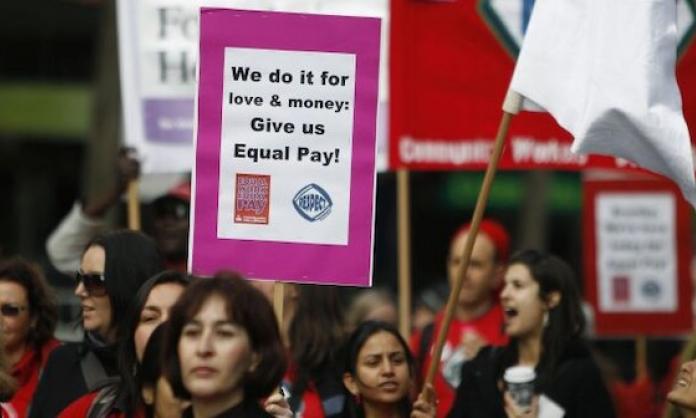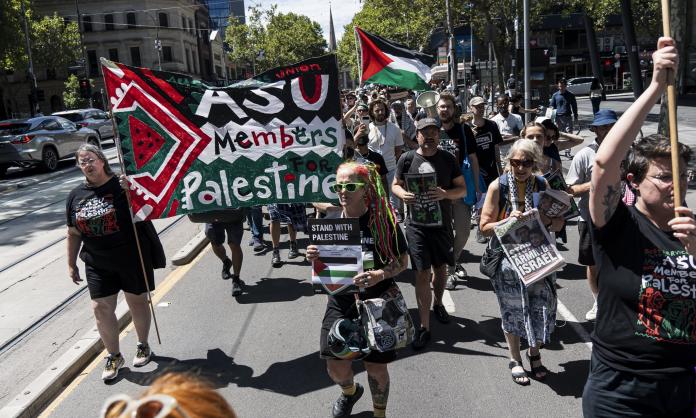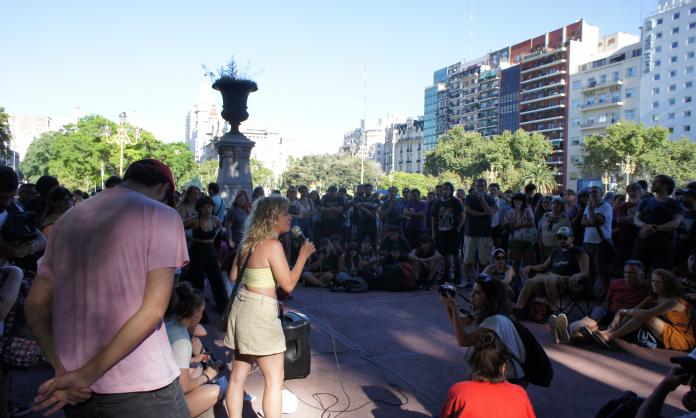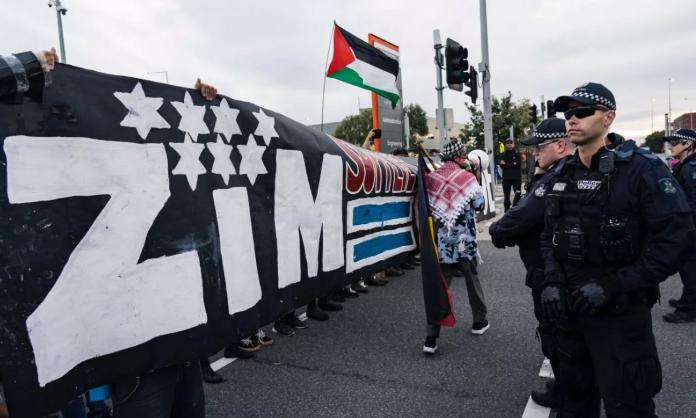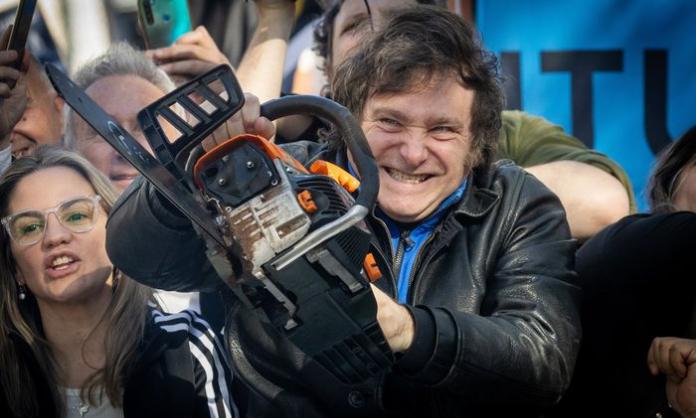For several weeks, fed up with the government’s attack on their pay and conditions, nurses across NSW have staged illegal strikes. While the first few hospitals to go out were small regional ones, they were later joined by Liverpool and Campbelltown.
Ambulance workers, members of the Health Services Union, stopped work for the third time this month on 25 June. They were followed by NSW Nurses and Midwives’ Association (NSWNMA) members, who walked out at Royal Prince Alfred.
The strikes have come because the government refused our demand for a 4.7 percent pay rise and for a nurse-to-patient ratio of one-to-four or fewer, rather than hospital administrations deciding the number of nurses based on the budget bottom line.
The government’s offer of a 1.04 percent pay “rise” and no changes to conditions was rejected by 98 percent of members at the end of May. Since 2011, the government has insisted that it can offer public sector workers no more than a 2.5 percent pay rise per year.
In the decade since, public sector unions have by and large accepted that this 2.5 percent pay cap is impossible to challenge—claiming we’d lose our conditions and so on if we even tried. The NSWNMA officials proposed challenging it in 2018 but baulked at the last second, saying that it was just not possible at the time “with this government”. Eighteen union branches voted to keep fighting but were isolated without union support. Instead, the public sector unions have directed most of their energies to trying unsuccessfully to elect a Labor government as the only way out.
This is the backdrop to the wage freeze the government announced last year—during the pandemic in which we were all supposed to be “heroes”. The union leaders spent months in arbitration disputing the freeze and got a pathetic 0.3 percent pay rise from the Industrial Relations Commission for their trouble.
The first opportunity public sector workers have had to voice our opinions collectively on the government’s wage freeze has been this year’s enterprise bargaining campaigns. In April, members of the Rail, Tram and Bus Union overwhelmingly rejected an extension of the 0.3 percent “rise” for six months. With the NSW public sector nurses and ambulance officer awards coming up for renewal in July, the government had its first chance to test its new wages policy of capping the wage rises of all public sector workers at 1.5 percent (1.04 percent once super increases are accounted for).
The state’s 6,000 paramedics have been on strike three times. For the first time since 2013, the NSWNMA officials have encouraged all members in the public sector to walk off the job. And unlike six months ago during a strike of Blacktown midwives, the Industrial Relations Commission declaring the strike actions “unprotected” did not result in the union forcing members back to work. While not explicitly standing against the commission ruling, the officials say that they will support any decisions that branches take in favour of industrial action.
This is a significant shift from past behaviour. It comes as union leaders and the government face an impasse in negotiations. Several officials have cried out in despair that the government “didn’t even read our demands” before rejecting them. Given the current invisible state of the NSW Labor Party opposition, electing the ALP to fix the problem is currently not viable.
While the officials’ stand is a step forward, we remain isolated—from other public sector unions and from other branches. The position that each branch can choose “the right action for themselves”—and a commitment to secrecy, since it’s all technically illegal—means that despite fighting the same campaign, some branches have had rallies, some branches have stopped work for anywhere from two to 24 hours, and some branches have yet to decide or have future strikes planned.
These actions must be the first step in a campaign to stop the government’s attacks on wages. There will need to be sustained, unified, coordinated strikes of every public hospital branch in the state. And industrial action needs to spread to the rest of the public sector. They cut our wages as one, so a piecemeal campaign just isn’t enough. Workers across the public sector are furious. That’s what the unions’ willingness to call their members out on strike taps into. Union activists need to grasp the opportunities to mount a real fight back against the NSW government’s ongoing assault on workers.




